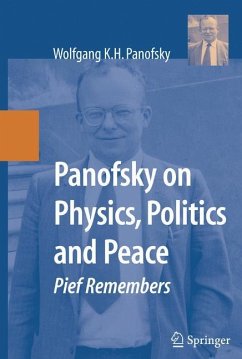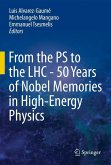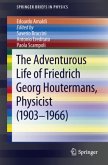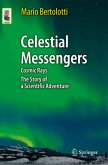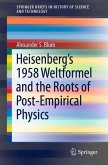This book is not only an autobiography of the respected physicist and director of the Stanford Linear Accelerator Center, but a discussion and analysis of issues critical to the relationship between independent academic inquiry and imposed government orthodoxy. The book describes each phase of Dr. Panofsky's career in a way that clarifies the nature of the issues surrounding his work, and explains his chosen course of action.
From the reviews:
"Panofsky on Physics, Politics and Peace is an autobiographical essay by a remarkable man. In it Wolfgang 'Pief' Panofsky relates highlights of his professional life: his accomplishments as a scientist, as a teacher, as the director of the Stanford Linear Accelerator Center (SLAC, the great high-energy laboratory he built), and as an adviser to those making science, technology and weapons policy at both the national and the international level." (Silvan S. Schweber, American Scientist, June, 2008)
"The worlds of high-energy physics and international security have been intimately intertwined since WW II, focusing mainly on production, control, and plans for the use of nuclear weapons. Understanding these connections is vital for anyone wishing to understand and participate in the national political scene. Much of that understanding can be obtained from this record of the life of a man ... . Valuable for scientists, politicians, citizens, and security analysts. Summing Up: Recommended. General readers; lower- and upper-division undergraduates through professionals." (A. M. Saperstein, CHOICE, Vol. 45 (9), 2008)
"Panofsky on Physics, Politics and Peace is an autobiographical essay by a remarkable man. In it Wolfgang 'Pief' Panofsky relates highlights of his professional life: his accomplishments as a scientist, as a teacher, as the director of the Stanford Linear Accelerator Center (SLAC, the great high-energy laboratory he built), and as an adviser to those making science, technology and weapons policy at both the national and the international level." (Silvan S. Schweber, American Scientist, June, 2008)
"The worlds of high-energy physics and international security have been intimately intertwined since WW II, focusing mainly on production, control, and plans for the use of nuclear weapons. Understanding these connections is vital for anyone wishing to understand and participate in the national political scene. Much of that understanding can be obtained from this record of the life of a man ... . Valuable for scientists, politicians, citizens, and security analysts. Summing Up: Recommended. General readers; lower- and upper-division undergraduates through professionals." (A. M. Saperstein, CHOICE, Vol. 45 (9), 2008)
Aus den Rezensionen: "... Ein lesenswertes Buch, das mit mehr als 80 zum Teil farbigen Fotos illustriert ist ..." (Michael Schaaf, in: Physik Journal, 2008, Vol. 7, Issue 6, S. 51)

